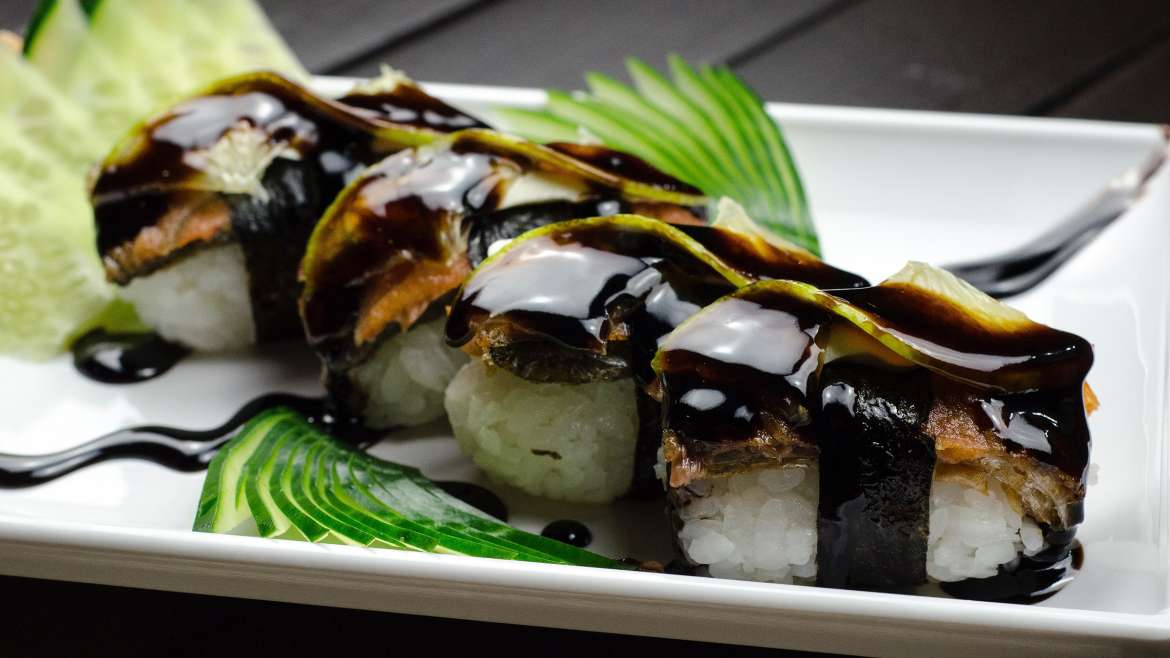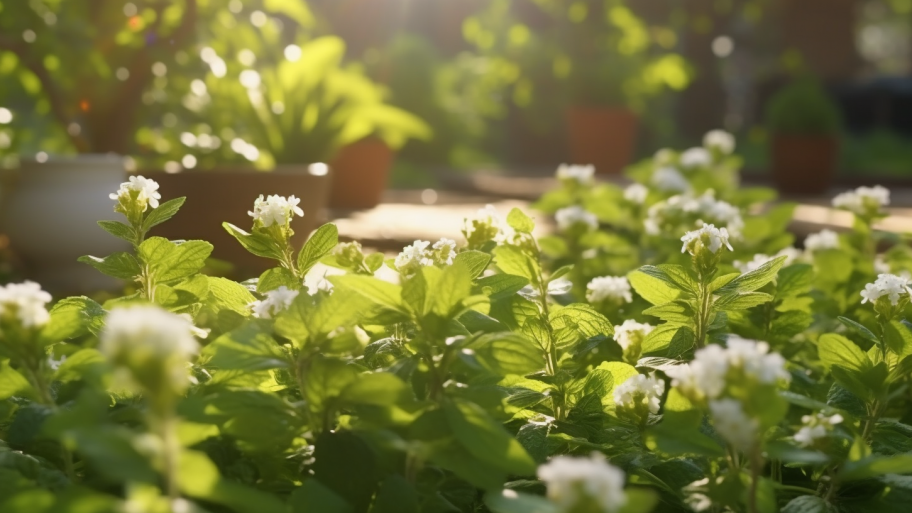Now that you’ve learned how to cultivate seaweed, it’s time to explore the myriad ways you can use these nutrient-rich marine plants in your kitchen and garden. In this third and final article of our seaweed gardening series, we will delve into the versatile applications of seaweed, from delicious recipes to natural fertilizers, and discover how to incorporate these underwater treasures into your daily life.
Seaweed in the Kitchen: Culinary Creations
Seaweed has been a staple in the diets of many coastal cultures for centuries, appreciated for its unique flavors, textures, and nutritional value. Rich in vitamins, minerals, and antioxidants, seaweed is a versatile ingredient that can be used in a variety of dishes, from salads and soups to main courses and desserts.
To begin experimenting with seaweed in your kitchen, try incorporating different types of algae into your favorite recipes. For example, green algae like sea lettuce can be used in fresh salads, while red algae like nori are perfect for wrapping sushi rolls. Brown algae like kelp can be added to soups and stews for a boost of umami flavor.
Get creative with your seaweed recipes and explore new flavor combinations by pairing these marine plants with ingredients from the land. Whether it’s a seaweed pesto with pasta or a kelp-infused chocolate dessert, the possibilities are endless.
Seaweed in the Garden: Natural Fertilizers and Soil Amendments
Beyond its culinary uses, seaweed is also a valuable resource for gardeners, providing a natural and sustainable alternative to chemical fertilizers. Rich in nutrients like nitrogen, potassium, and trace minerals, seaweed can help improve soil fertility, promote plant growth, and increase resistance to pests and diseases.
To use seaweed as a fertilizer, you can create a liquid seaweed extract by soaking the plants in water for several weeks, then straining and diluting the liquid before applying it to your garden. Alternatively, you can also use dried seaweed as a soil amendment by incorporating it directly into the soil or adding it to your compost.
By incorporating seaweed into your gardening routine, you can not only enhance the health and vitality of your plants but also contribute to a more sustainable and eco-friendly gardening practice.
Products for Seaweed Enthusiasts
Before we wrap up, here are some relevant products available on Amazon that can help you further your seaweed gardening journey:
- Seaweed Foraging Guide: This informative guidebook is perfect for those interested in learning more about seaweed identification, harvesting, and uses.
- Seaweed Snacks: Delicious, nutritious seaweed snacks that showcase the versatility and flavor of marine plants.
- Seaweed Recipe Cookbook: A collection of seaweed-based recipes to inspire your culinary adventures and expand your palate.
By cultivating, cooking, and composting with seaweed, you can unlock the full potential of these incredible marine plants. Whether you’re a gardener, a chef, or an eco-conscious consumer, seaweed offers a world of possibilities that can enrich your life and contribute to a more sustainable future.
Thank you for joining us on this seaweed gardening journey. We hope that you’ve found inspiration and new ideas to incorporate into your own gardening and culinary practices. Seaweed not only offers a wealth of benefits for our health and the environment but also represents a creative and sustainable approach to utilizing the resources our planet provides.
With the knowledge and techniques shared in this series, you are now equipped to cultivate, harvest, and utilize seaweed in ways that can transform your garden and kitchen, while also contributing to a greener and more sustainable world. May your seaweed adventures be fruitful and delicious, and don’t forget to read our article series on moss gardening!




